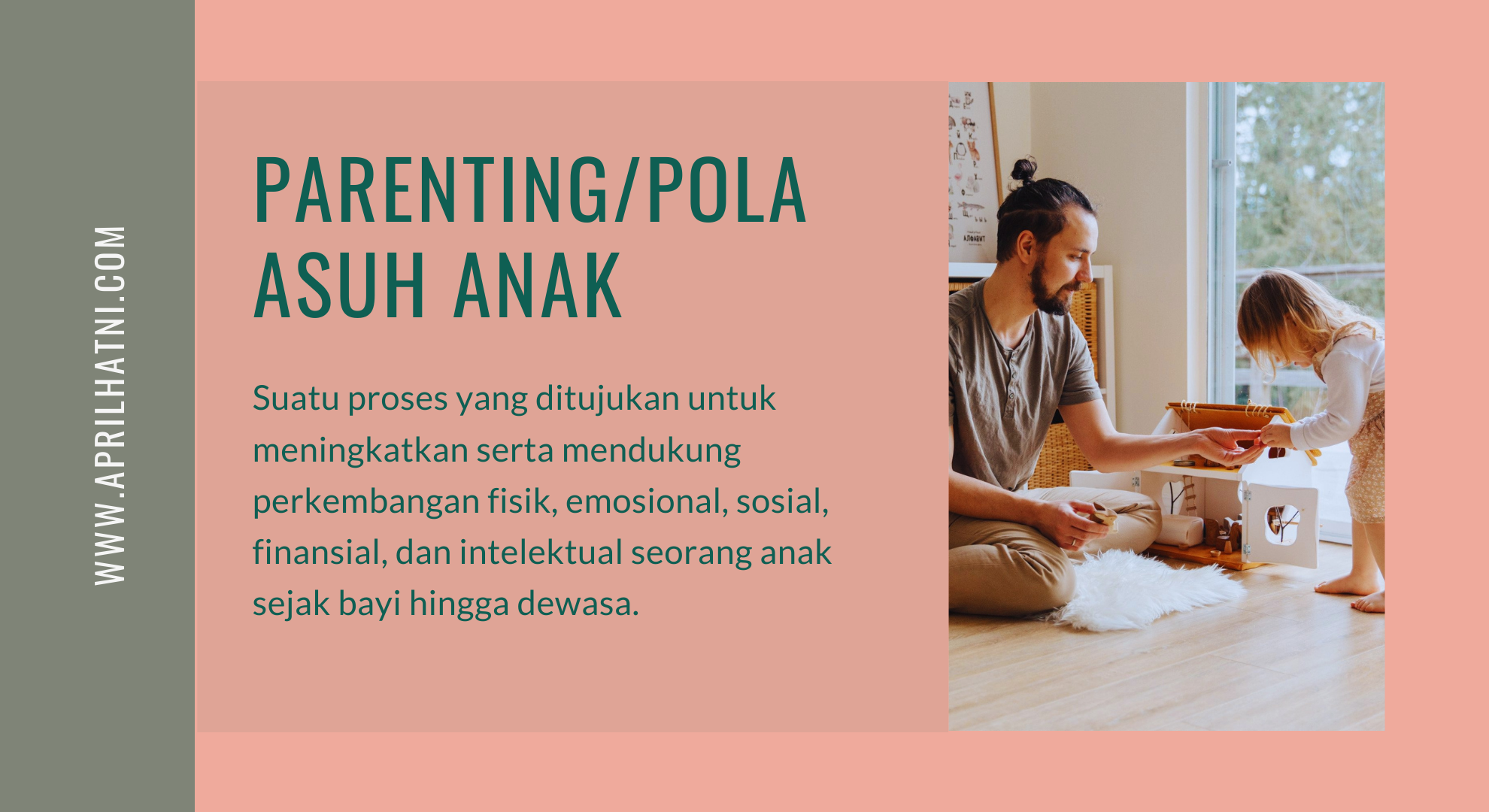School-wide behavior management systems offer numerous advantages, promoting a positive learning environment and student development. These systems are designed to create a consistent, supportive, and structured atmosphere, benefiting students and educators.
The benefits of school-wide behavior management systems include;
Clear expectations
Such systems establish clear expectations and standards of behavior across the entire school. When everyone, from students to staff, understands the rules and norms, it creates consistency and predictability in behavior. This clarity reduces confusion and ambiguity, promoting a unified approach to behavioral standards.
Consistency
They ensure that consequences for behavior are applied fairly and consistently, regardless of the individual involved. This fairness instills trust among students and staff, who perceive the system as equitable. Moreover, it helps in shaping a sense of accountability among students, as they understand the consequences of their actions.
Foster a positive climate
School-wide behavior management systems also foster a positive school climate. By emphasizing positive behaviors and acknowledging them through various means like rewards, praise, or recognition, these systems encourage students to exhibit desirable conduct. This positive reinforcement creates a supportive and encouraging environment, motivating students to adhere to the established behavioral expectations.
Prevention of behavioral issues
By proactively teaching and reinforcing positive behaviors, these systems aim to prevent disruptive conduct before it occurs. Through consistent guidance and instruction, students develop the necessary social and emotional skills to navigate challenges and conflicts constructively.
Promote collaboration
School-wide behavior management systems often involve educators, administrators, students, and parents collaborating. This collaboration enhances communication and understanding between all stakeholders, creating a more cohesive school community. When everyone supports positive behavior, it creates a shared responsibility for maintaining a positive school culture.
Academic benefits
Additionally, these systems can lead to academic benefits. A positive and well-managed school environment allows students to focus more on their studies, leading to improved academic performance. Reduced disruptions and a more engaged student body create a conducive learning atmosphere.
Positive Reinforcement
These systems often incorporate positive reinforcement strategies, such as rewards, recognition, or praise for demonstrating desired behaviors. This encourages students to exhibit positive conduct and motivates them to strive for excellence, fostering a more encouraging learning environment.
Enhanced Teacher Effectiveness
Teachers can focus more on teaching when behavioral issues are minimized. A consistent behavior management system allows educators to spend less time addressing disruptions and more time on instruction, ultimately improving the quality of education.
Community Building
These systems often involve teachers, administrators, students, and parents collaborating. It creates a sense of community by involving all stakeholders in developing and reinforcing positive behaviors, fostering a shared responsibility for maintaining a conducive learning environment.
Preparation for Real-World Situations
Learning to adhere to established rules and norms is a valuable life skill. School-wide behavior management systems teach students about responsibility, accountability, and appropriate conduct, preparing them to navigate similar expectations in various settings beyond school.
In summary, school-wide behavior management systems provide numerous advantages. They establish clear expectations, promote consistency and fairness, create a positive school climate, prevent behavioral issues, encourage stakeholder collaboration, and potentially enhance academic outcomes. These systems are pivotal in shaping a successful and supportive learning environment by fostering a culture of respect, responsibility, and positivity.




